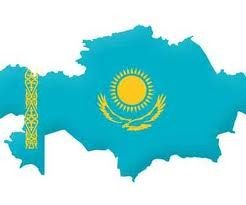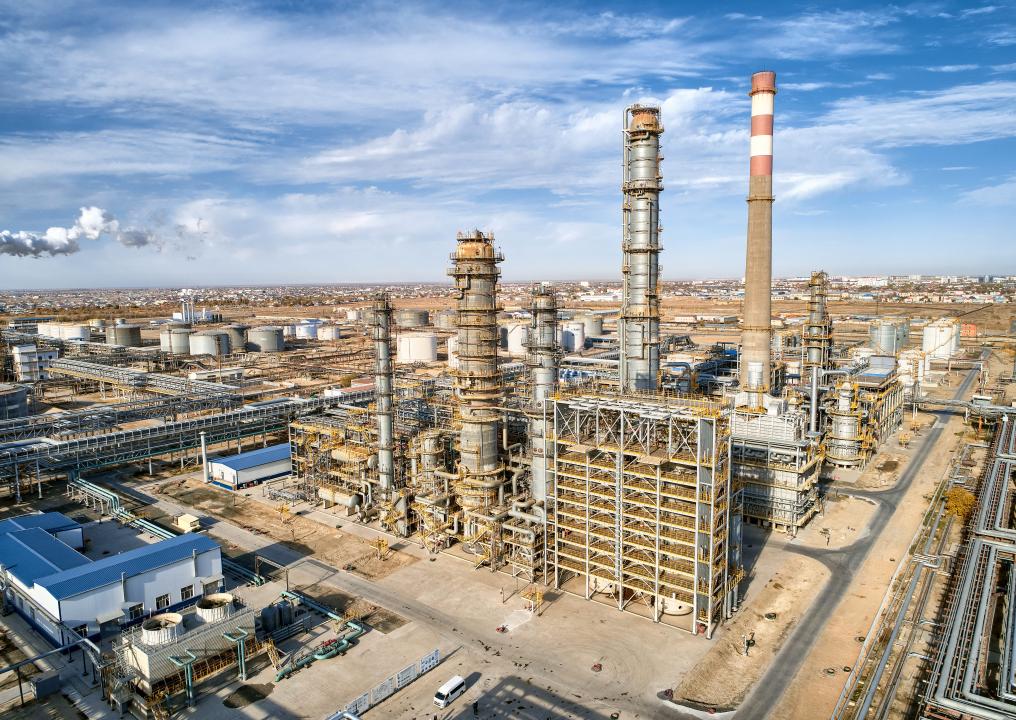ASTANA (TCA) — Moody’s Investors Service on May 9 said that Kazakhstan’s Baa3 rating is supported by the country’s relatively high wealth levels, low public debt and high debt affordability, as well as sizable fiscal reserves held in foreign exchange, providing a significant buffer against the negative fiscal and balance of payments impact of lower oil prices.
The negative rating outlook reflects the likelihood that pressures on the banking system will escalate, with broader negative implications for economic, fiscal, and financial stability, the agency said.
Moody’s conclusions are contained in its just-released Credit Analysis “Government of Kazakhstan — Baa3 Negative,” which examines the country’s credit profile in terms of Economic Strength, assessed as “Moderate (+)”; Institutional Strength “Low (+)”; Fiscal Strength “Very High (-)”; and Susceptibility to Event Risk “Moderate (+)”.
These represent the four main analytic factors in Moody’s Sovereign Bond Ratings Methodology. The analysis constitutes an annual update to investors and is not a rating action.
Moody’s assessment of Kazakhstan’s economic strength as “Moderate (+)” reflects its relatively high wealth levels, and its historically strong growth dynamics, although growth is forecast to decelerate over the next three years.
Kazakhstan’s volatility in GDP growth and its high dependence on the oil sector and lack of diversification constrain its economic strength assessment.
Moody’s assessment of institutional strength as “Low (+)” largely reflects its scores on key Worldwide Governance Indicators — “Government Effectiveness,” “Rule of Law,” and “Control of Corruption” — as well as the strengthening in recent years of several aspects of its policy and institutional framework.
The analysis also incorporates the marked improvement in 2014 of Kazakhstan’s government effectiveness score, signaling strengthening governance and institutions. Moody’s notes Kazakhstan continues to pursue reforms to enhance governance and competitiveness.
In August 2015, Kazakhstan moved to a flexible exchange rate regime, which will likely support an adjustment to lower oil prices, and will also preserve foreign exchange reserves. The National Bank of Kazakhstan (central bank) also introduced a new “base interest rate” in September to better manage tenge liquidity and started holding regular monetary policy committees.
Moody’s assessment of Kazakhstan’s fiscal strength as “Very High (-)” is supported by the country’s low debt burden, high debt affordability, as well as its substantial fiscal reserves, which, despite declining, remain almost twice as large as outstanding debt, and hence could provide a buffer against lower revenues for several years.
Moody’s notes that while government debt is low, a relatively high proportion of debt is denominated in foreign currency, which exposes the sovereign to the risk of an increase in debt levels should the currency depreciate further. In addition, government-related issuers have similar amounts of debt outstanding, which represent a contingent liability for the sovereign. However, currently, such liabilities are still manageable, given current fiscal buffers and the fact that these entities have significant income streams and assets.
And Moody’s assessment of Kazakhstan’s susceptibility to event risk as “Moderate (+)” is driven by banking sector risk. The outlook for the banking system remains negative, as banks confront mounting challenges stemming from lower economic growth, sharp currency depreciation, higher interest rates, and legacy bad assets.
More immediately, banking sector weakness could cause contingent liability risks to crystallize for the government from bank recapitalization needs, which Moody’s estimates at between $3 to $5 billion or 2.5% to 4.0% of GDP.









